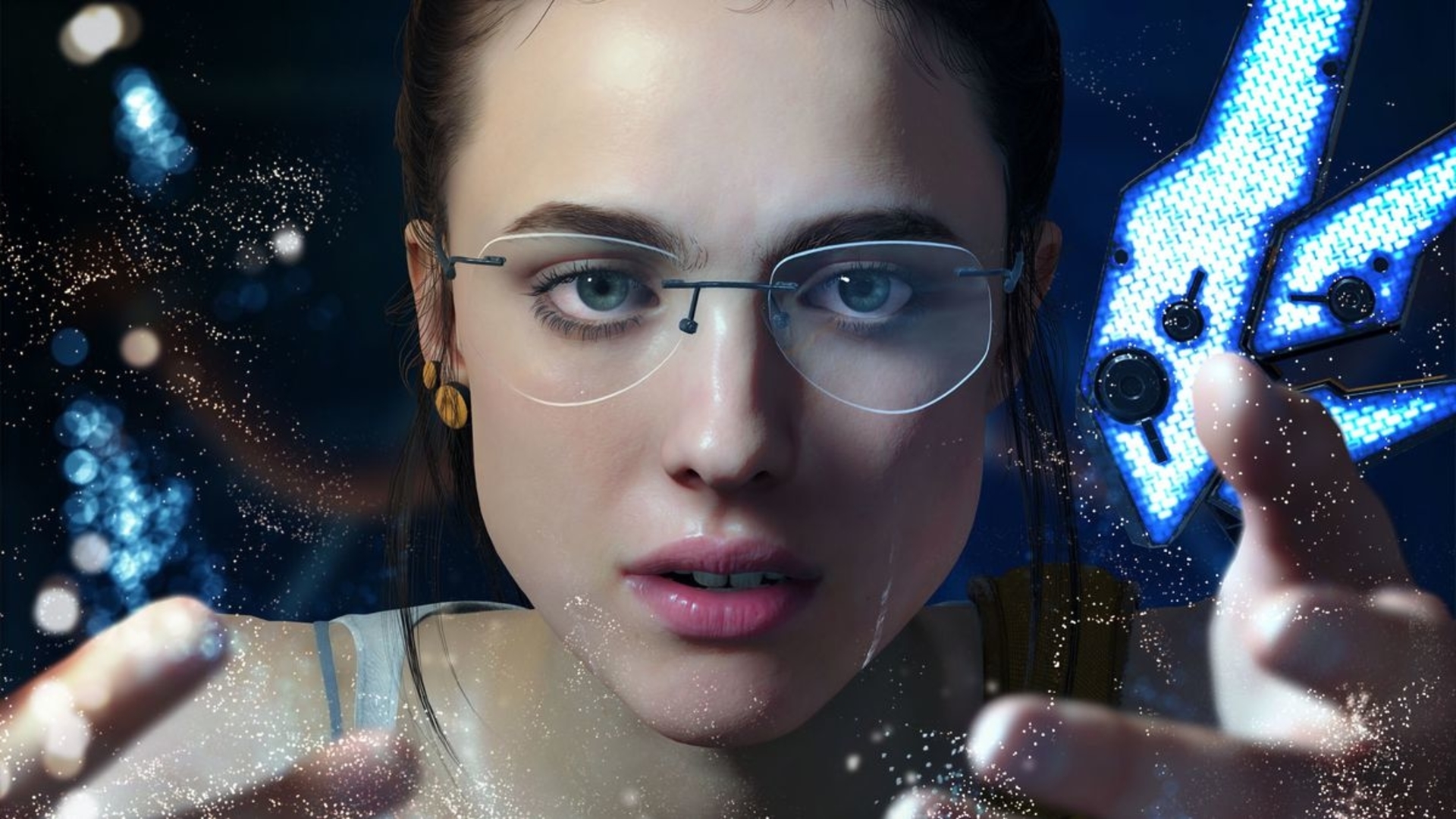Is Death Stranding An Indie Game?
Defining the enigma of Death Stranding proves just as complicated as the game itself.

What is Death Stranding? What does it mean? Is it even a game? Hideo Kojima’s trippy action curiosity shop has always been surrounded by hungry questioning, and such intrigue doesn’t show any sign of halting as we near release. But with Kojima Productions’ dramatic departure from Konami and the studio’s sudden assumed position as an independent, a complicated question arises out of the mystery. Is Death Stranding an indie game?
Of course, by way of technicality, Death Stranding isn’t being published by its developer. In fact, the publishing house bringing Kojima’s title to the PS4 is none other than Sony Interactive Entertainment’s own powerhouse. But that’s not to say the game isn’t an indie game by that very same technicality.
See, Journey was published by Sony Interactive Entertainment. So were such indie darlings as Gravity Rush, Flow, Everybody’s Gone To The Rapture and Doki Doki Universe. So Death Stranding was developed by a studio without direct links to a Triple-A corporation and published only by the platform it was developed for. It is, by way of technicality, an indie game. But that’s not to say we should treat it as such.

Because for every technicality there’s a blurred line that, once crossed over, reveals a tier of video game emerging from the murky rise of the Triple-I. But let’s not get ahead of ourselves. We know there’s a blurred line in Death Stranding’s identity as an indie game. It’s likely had nothing short of a titanic budget, with the support of Sony weaving a net of safety unbeknownst to the vast majority of developers out there today.
It looks, feels and is priced as a Triple-A title. It’s had top billing for every industry event it’s graced. And, potentially most important, it’s been created and developed by one of the biggest brands in gaming today.
Hideo Kojima is a brand. He’s the action-adventure horror whizkid who gave Konami the middle finger and rode off into the sunset with his own studio intact. He’s won the Industry Icon Award and headed up development on the Metal Gear Solid series, one of Triple-A gaming’s biggest titles. He’s a mysterious, surprisingly playful auteur shrouded in wizened silence with a vision of bizarre fancy and abstract conceptualisation.
Of course, that’s not to say that as a developer becomes recognised or celebrated they cease to become indie. Jonathan Blow is a recognised personality, and so is Jenova Chen, Rami Ismail, and Edmund McMillen. They’re still independent creators; that doesn’t change when you’re recognised for your achievements. But there must be some recognition of the support Kojima is able to conjure through his name.

If the bedroom coders and solo developers had the resources afforded to Kojima during Death Stranding’s development they would either shine or crumble. Whether the cash floats or sinks them is down to the developer’s experience, approach, and business acumen. It’s a catch-22 of money and freedom. Kojima has the freedom to create because he had the investor money to do so. Most indie developers have the freedom to create because they are free from the rules that very investment can carry.
Again, we’ve found ourselves in no man’s land. A rare occurrence of an indie receiving all the time and funding necessary to complete their artistic vision feels like an oxymoron, but it is essentially what Kojima has been living for the past three years.
It’s a new method of production that takes the independent culture in a new direction – one of artistic drive and trust. Of course, this level of faith won’t be placed in every developer that knocks on Sony’s door, rather it will be afforded to the very few ‘indie’ developers who have risen to the status Kojima now maintains. But what this does mean is a growing acceptance of auteuristic direction in game development, of funding innovating developers rather than the next FIFA.

So what’s to be done about Death Stranding? An indie game with Triple-A funding, a Triple-A brand with an indie studio. To call Kojima’s epic an indie game in the same way that Celeste, Super Meat Boy, or Stardew Valley are indie games would err on the side of dramatisation. The indie label is often worn as a badge of pride, of blood, sweat and tears, and it’s just a little difficult to award that badge to Kojima’s cushty gig.
Nevertheless, if we look at Death Stranding’s complex mechanics and ideas, novel development of narrative and character exposition, its themes and meta themes, we can easily see how it would have been previously placed in the inextricably experimental independent category. Plus, it has the technicality of its studio’s structure to suggest it remains distinct from the Triple-A releases of our day.
Death Stranding isn’t the first anomaly; indeed, there have been many titles occupying the ever-growing Triple-I space over the last few years. These are the games that can’t quite call themselves indies but certainly differentiate themselves from the mainstream gaming industry while retaining a more traditionally independent development structure. They’re independent from publishers and corporate development mills but still keep a slice of the funding through various means. They’re a new class of line-blurring, innovation hungry industry veterans, of which Hideo Kojima may well be the best example.
Death Stranding is an independent game, but to call it an indie game might be a bit of a stretch.
